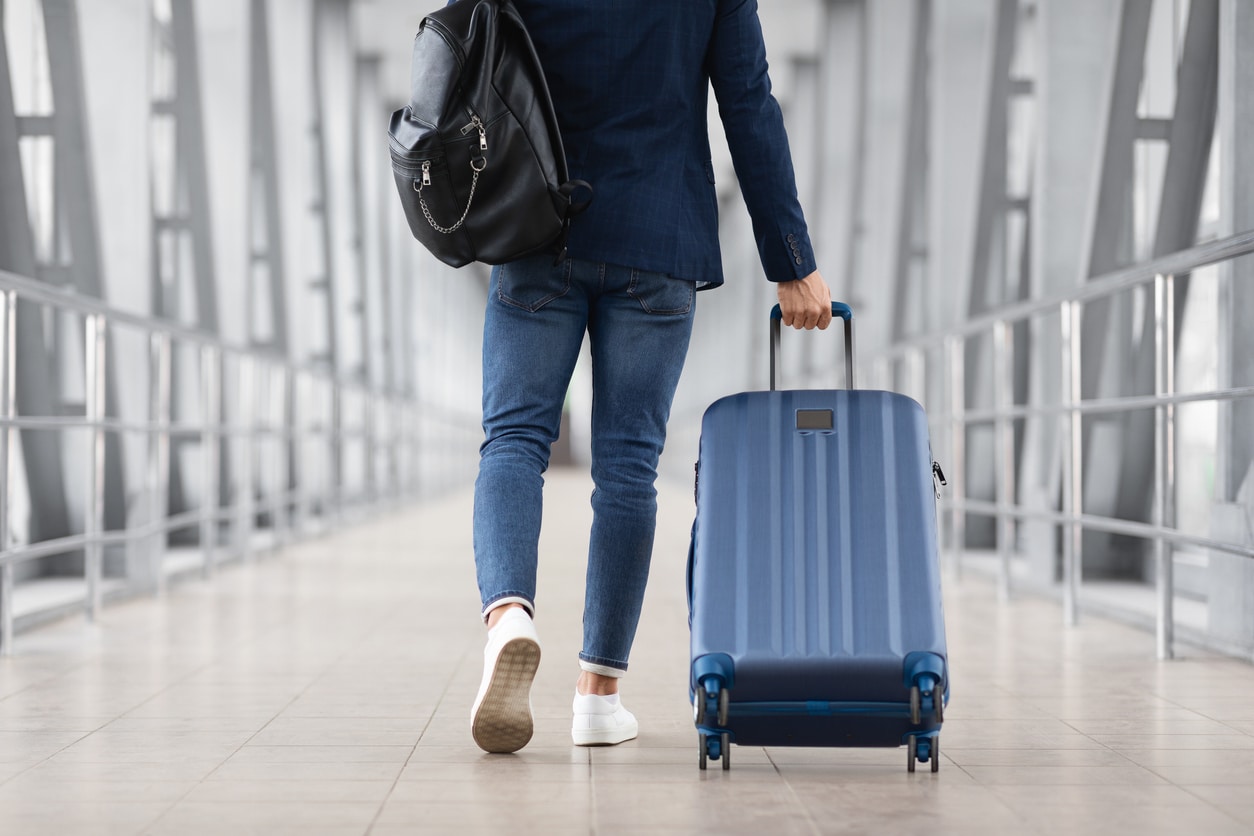TB and International Travelers
Preventing Exposure to TB Disease While Traveling Abroad

In many countries, TB is much more common than in the United States. Travelers should avoid close contact or prolonged time with people known to have TB in crowded, enclosed environments (for example, clinics, hospitals, prisons, or homeless shelters).
Although multidrug-resistant (MDR), extensively drug-resistant (XDR), and pre-XDR TB are occurring globally, they are still rare. Travelers with HIV are at greater risk if they come in contact with a person with MDR or XDR TB.
Air travel itself carries a relatively low risk of infection with TB of any kind. Travelers who will be working in clinics, hospitals, or other health care settings where TB patients are likely to be encountered should consult infection control or occupational health experts. They should ask about administrative and environmental procedures for preventing exposure to TB. Once those procedures are implemented, additional measures could include using personal respiratory protective devices.
Travelers who anticipate possible close contact or prolonged exposure to people with TB should have a TB skin test or a TB blood test before leaving the United States. If the test reaction is negative, they should have a repeat test 8 to 10 weeks after returning to the United States. Additionally, annual testing may be recommended for those who anticipate repeated or prolonged exposure or an extended stay over a period of years. Because people with HIV infection are more likely to have an impaired response to TB tests, travelers who are HIV positive should tell their physicians about their HIV infection status.